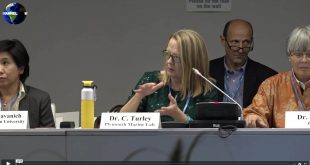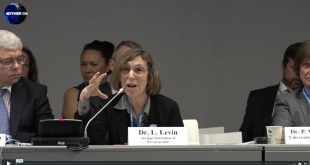Nature is changing at rates never seen before From Deep ocean ecosystem where time stands still to coastal environments where penguins hang to the atmosphere where pollutants add to the mix of aerosols making a global journey.
The chemical and physical balance of planter earth is being altered; this is not something we can expect to do without significant consequence. Raising the probability that natural systems may become dangerously destabilized, Scripps University continues to pioneer climate science through the development of long-term large scale operations.
Their avenues of research cover major aspects of global climate: Deep Ocean, the poles, paleo climate, climate modelling, aerosols in the atmosphere. These are all vital data that provide a roadmap for solutions, a way for countries to make their national adaptations and mitigation contributions more effective.
It is essential that we keep these pioneering institutions researching these important topics because without them we can miss key developments and signs given to us from nature itself. Tasks like climate modelling are essential. Climate models use quantitative methods to simulate the interactions of the important drivers of climate, including atmosphere, oceans, land surface and ice. They are used for a variety of purposes from study of the dynamics of the climate system to projections of future climate.
Over the next few decades, communities, regions, governments and businesses around the world will need strategies for adaptation to climate change and other environmental hazards. Adaptation to such changes requires deep knowledge of the basic environmental forcing of change, as well as understanding of risk, economics, culture, societal structure, politics and other characteristics that will determine how individuals, businesses, societies and governments adapt.
Adaptation will require creative engineering, scientific and social science and humanities solutions to these challenges. It also requires the extensive integration and merger of large data sets from all of these disciplines.
Links: http://www.climate.be/textbook/chapter3_node3.html , https://scripps.ucsd.edu/ ,
By Alex Mitchison
 Mother Channel Environmental, climate change news and media.
Mother Channel Environmental, climate change news and media.



